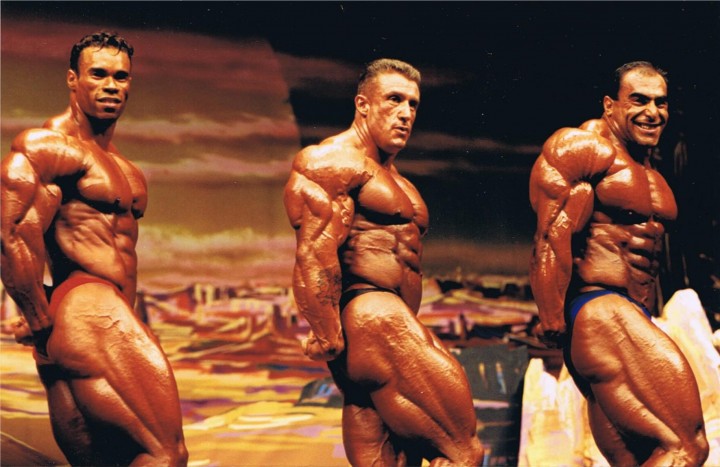Was Bodybuilding Conditioning Better In The 1990’s
Was molding better in the 90's? It's a basic inquiry no doubt, yet relying upon whom you ask you might just get an alternate answer. It would be a certain something if this absence of consistency was available just when looking at the appropriate responses of amateur's and long-clocks, or fan-young men and industry specialists, however contradiction appears to hold on notwithstanding when contrasting answers from those of comparable age gatherings and experience levels. Why would that be? One could be excused for feeling that with something so simple (no quip proposed), that in any event the more experienced individuals from our group would have the capacity to go to some sort of general agreement, yet even this gathering needs clear similarity of assessment.
Some portion of the explanation behind this is molding, or all the more particularly, being "in condition", has never been unmistakably characterized. Regardless of every last one of us having the capacity to list twelve or so extraordinary traits typically connected with the term, I have discovered that their request of need has a tendency to vary among people. Besides, not every person has a similar view with regards to which characteristics ought to be incorporated into the definition. Clearly, this can make two individuals see things in an altogether different light.
One individual who appears to emphatically support the old watch is Kevin Levrone, who, since declaring his choice to contend at the 2016 Mr. Olympia, has been exceptionally vocal with respect to his conviction that the 90's professionals shown prevalent molding. Truth be told, at some point the majority of the best 90's professionals have voiced a comparable conclusion. In any case, what do the present aces think? From what I have seen the present harvest seems to think the correct inverse—that the present best weight lifters speak to the apex of molding; another level of general shreddedness that the last age can't touch. With respect to how I see things, I think the two sides have a legitimate point… in light of the fact that as expressed over, one's conviction in regards to this issue is predicated on how the term is characterized, as well as on the prioritization of those qualities that contain it.
As indicated by the most fundamental definition, molding is dictated by just two elements. These are bodyfat and subcutaneous water. Diminishing one's muscle versus fat ratio and sub-q water levels is the essential focal point of weight lifters at all levels of rivalry, as achievement in these zones will to a great extent decide how adapted somebody looks in front of an audience. In any case, these aren't the main factors which assume a part in deciding one's apparent level of molding. Different components, for example, the level of muscle hardness, totality, thickness, vascularity, partition, striations, skin thickness and others can bigly affect one's last appearance, making the individual look essentially pretty much adapted than he really is. This is the reason two individuals could have precisely the same rate and sub-q water levels, yet one may look essentially more destroyed than the other.
Some of these components are hereditary, while others can be improved with drugs. Some are reliant on eat less carbs, and a couple are even influenced by one's preparation. In any case, basically when a great many people assess a build's level of molding, they are taking a gander at the aggregate of every one of these characteristics, instead of the person's bodyfat rate and sub-q water level alone. So, what are a portion of the contrasts between the present aces and the folks from the 90's? Maybe more significantly, what are the purposes for it? Before I answer these inquiries the primary thing we have to comprehend about generational correlations is that it doesn't include only a couple of folks. As it were, when judging the level of molding in the 90's we are not simply taking a gander at Dorian Yates and Andreas Munzer getting it done, however at the general molding of the whole master field. Similarly, when judging current professionals we have to incorporate something other than Dexter Jackson, Kai Greene, or Phil Health at their pinnacle (Note: Ronnie Coleman will be let alone for the exchange, as his Olympia wins spread over the two ages, with the larger part of them occurring post-2000).
Alright, now that we have that off the beaten path, what is the most ideal approach to make this examination? A genuinely straightforward and solid approach to do this is to simply analyze the whole Top 10 line-up from—say the 1995 and 2015 Olympias—in all the compulsory stances. This will give us an entirely smart thought of the general level of molding inside each gathering, and in addition every age's qualities and shortcomings… and it won't take long to understand that neither one of the generations had the market cornered from a molding point of view. Presently how about we address a few specifics